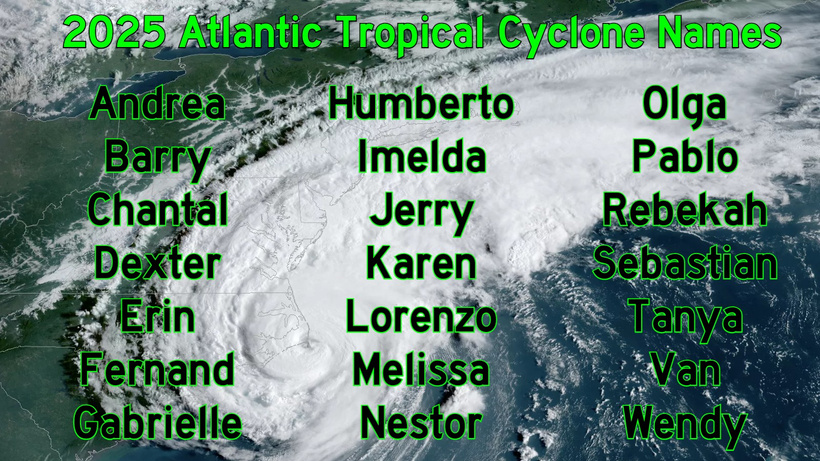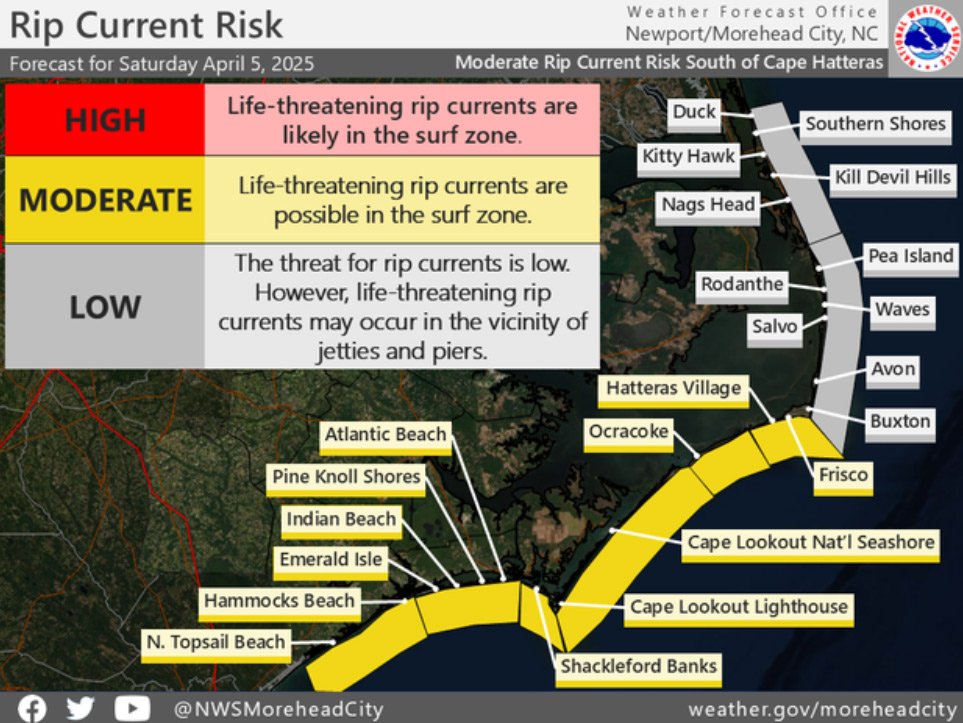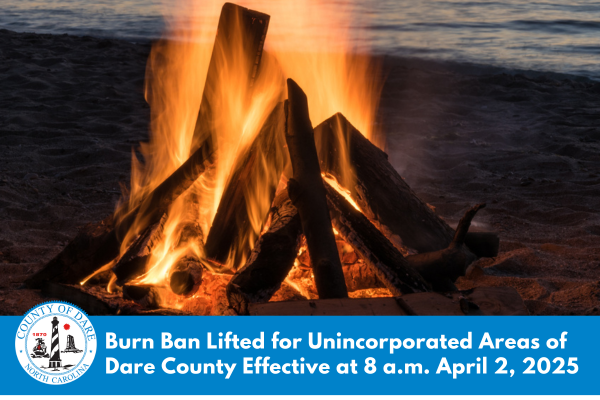UPDATE: Corps of Engineers says Oregon Inlet too shallow for dredging
The U.S. Army Corps of Engineers, Wilmington District, today announced its side-cast dredge Merritt is unable to open Oregon Inlet at the navigation span of the Bonner Bridge.
Even with favorable wind and tides, the Merritt cannot break through the two-foot depth with a pilot channel.
“I had not seen the conditions that bad before and that when we were able to move enough sand to float, the surrounding sand would fill the hole we had dug, immediately filling in behind us and trapping us in place,” said Ray Bleam, the district’s most seasoned side-cast dredging master.
Capt. Bleam said the shorter span immediately adjacent to the main span to the south was close to being closed as well.
The U.S. Coast Guard, Oregon Inlet, will announce safety broadcasts every 60 minutes on VHF Marine Channel 16 to alert mariners of the navigation span condition.
The Army Corps is relocating the Merritt to the Hatteras-Ocracoke ferry channel tomorrow. The special-purpose dredge Currituck will begin dredging the ferry channel around April 17.
The district’s survey section will step-up monitoring of the channel at Bonner Bridge with bi-weekly surveys. If conditions change that could possibly allow the Merritt to open a pilot channel, the district will react accordingly.
The district does not have funding to contract for a pipeline dredge. The last pipeline dredging contract was completed by Great Lakes Dredge and Dock Company on Dec. 10, 2013 at a cost of $7.8 million, leaving the main span 600 feet wide by at least 14 feet deep.













